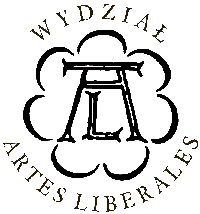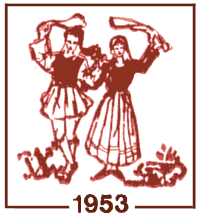The project is financed by the National Science Center and carried out at the Faculty „Artes Liberales” at the University of Warsaw in cooperation with the Dora Stratou Dance Theatre


| Testimony of: | knife |
| Source | Λοϊζιάς 1920, 64 (in: EEH, sv. Μαχαίριν, p. 381-382) |
| Original text | Χορός του μαχαιριού. Η διά μαχαίρας όρχησις είναι ομοία προς την Κυβιστίνδα των αρχαίων Ελλήνων. Γίνεται δε μετά μεγάλης τέχνης και ευστροφίας του κορμού και των άκρων ή εις γάμους ή εις διασκεδάσεις ως παίγνιον μάλλον παρά ως γύμνασμα. Ο χορευτής σύρων την μάχαιραν εμπήγει αυτήν κατά γης, περιστρέφεται δε κρατών αυτήν εκ της λαβής δι ελιγμών του σώματος ταχέων, έχων πολλάκις τους πόδας υψωμένους εις κάθετον γραμμήν επί της μαχαίρας, πλαγίως και οριζοντίως. Κατά διαστήματα δε ιστάμενος ανελκύει την μάχαιραν και σύρει αυτήν εις ύψος τι και δέχεται αυτήν εντός της θήκης της. Ισως η όρχησις εις το Φρύγιον είδος του χορού. |
| English translation | The dance of the knife. The dance of the knife is the same as the Kyvistinda of the ancient Greeks. It is danced using the great art and ingenuity of the body, using hands and legs, during weddings, or as entertainment and game during festivities rather than as an exercise. The dancer holding the knife thrusts it into the earth, leans while holding the handle, manoeuvring his body and, having raised his feet vertically, he leans horizontally. After a moment he stands up and pulls the knife, and raises it and puts it into the sheath. The dance might be a Phrygian type of dance. |
| Time/occasion of occurence | harvest |
| Region of occurence | Cyprus - Show on map |
| Function | confirming manliness/dexterity, |
| Dance name | Makhairia |